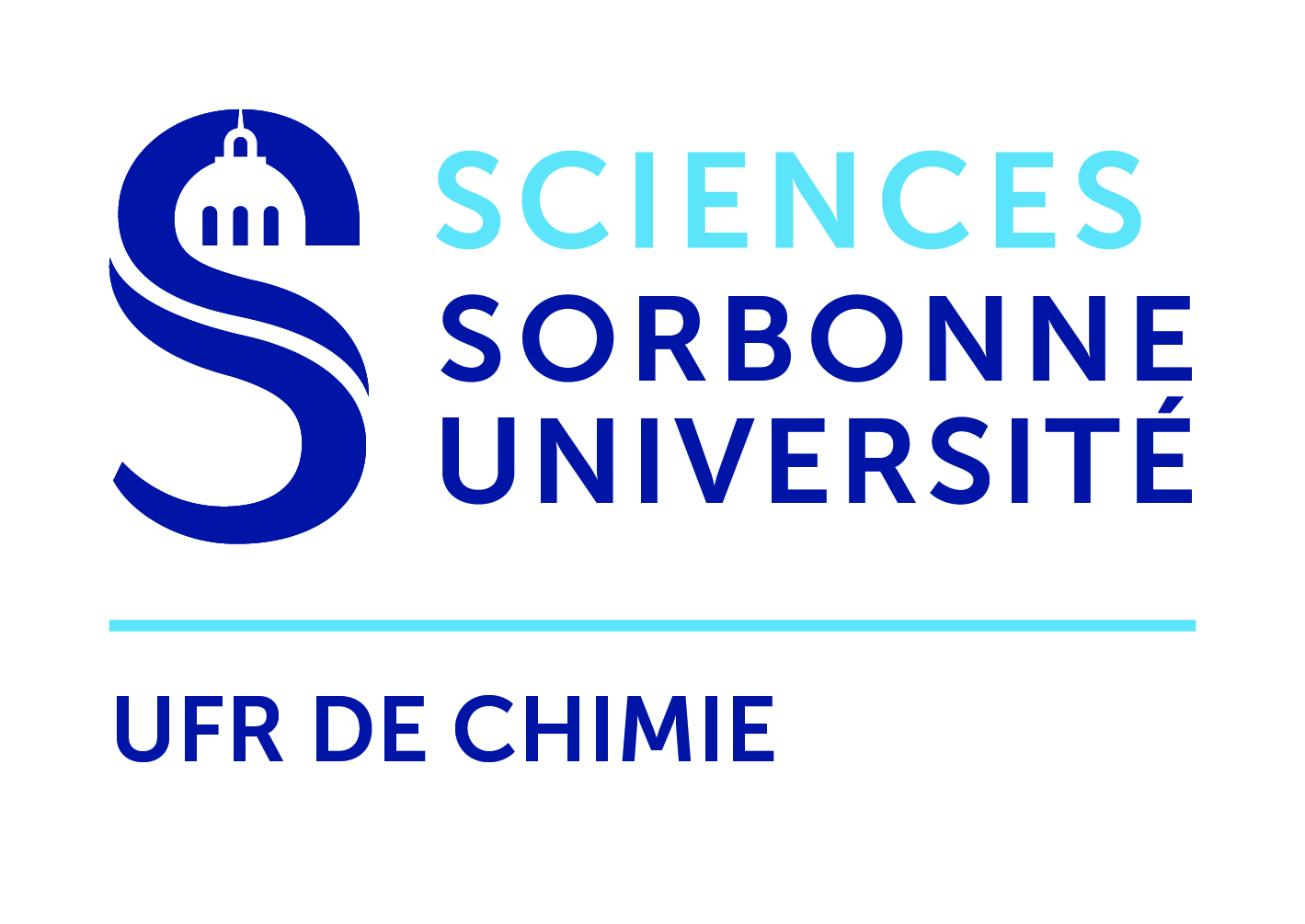Cellular evaluation of superoxide dismutase mimics as catalytic drugs: Challenges and opportunities
Résumé
Oxidative stress is known to be associated with many pathologies including inflammation, cancer, diabetes, etc. However, oxidative stress resulting from the imbalance between reactive oxygen species flows and antioxidant defenses has been largely overlooked so far as a therapeutic target. Among antioxidant defenses, superoxide dismutases (SOD) are metalloenzymes that catalyze efficiently the dismutation of superoxide, the first reactive oxygen species resulting from the monoelectronic reduction of dioxygen. Superoxide, as a quite reactive chemical species, is a transient species. So, the cellular evaluation of metal complexes mimicking SOD (SOD mimics) in cellular models can be particularly tedious and calls for multiple direct and indirect strategies including probes and biochemical assays. This review highlights methods and assays to evaluate in cells SOD mimics, a new class of catalytic antioxidants.
| Origine | Fichiers produits par l'(les) auteur(s) |
|---|
